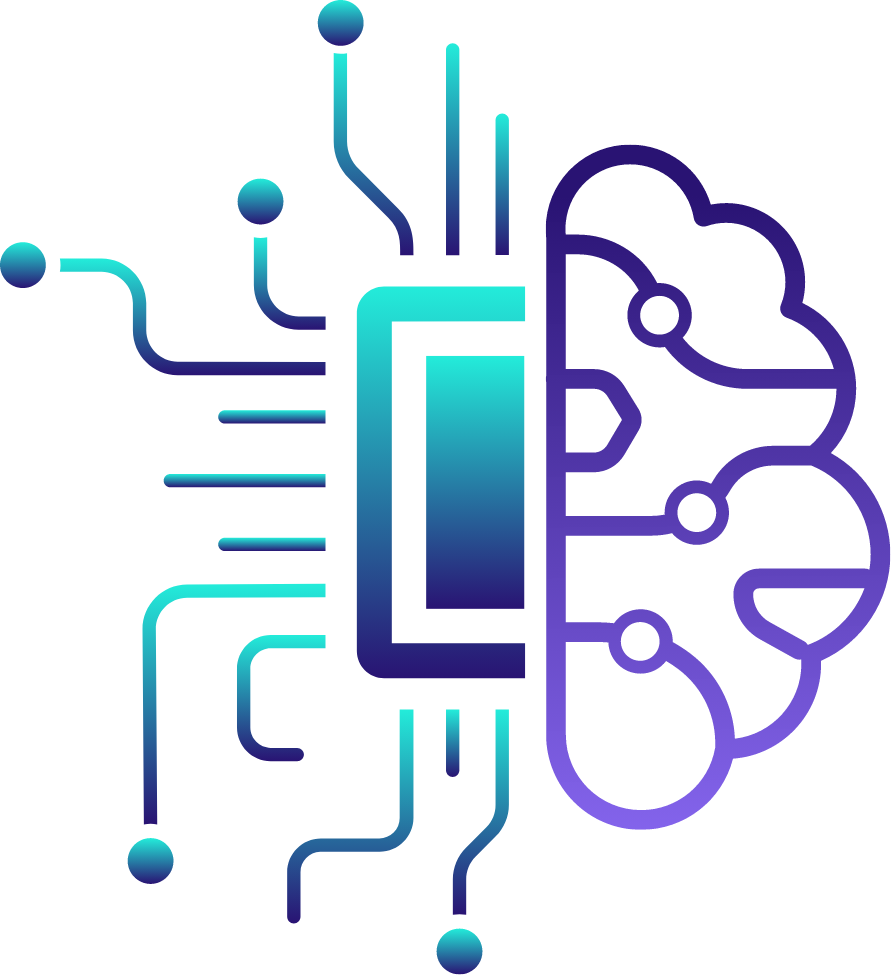AIM Uncovered
Exploring the latest insights and trends in technology and innovation.
When Machines Learn to Laugh: The Quirky Side of AI
Discover the lighter side of AI in When Machines Learn to Laugh! Dive into quirky moments that reveal a whole new world of humor.
The Science Behind AI Humor: Can Machines Really Understand Jokes?
The emergence of artificial intelligence (AI) has sparked curious debates about its capabilities, particularly in the realm of humor. While humans rely on abstract concepts, cultural references, and linguistic nuances to appreciate jokes, the science behind AI humor delves into the algorithms and machine learning techniques that attempt to mimic these cognitive processes. Researchers have developed models that analyze vast datasets of jokes and comedic structures, allowing machines to generate punchlines based on patterns they recognize. However, the challenge remains: can these algorithms truly grasp the subtleties that make a joke funny, or are they simply regurgitating learned phrases without a genuine understanding of humor?
Furthermore, the effectiveness of AI in humor is often measured through various tests and benchmarks. Techniques like natural language processing enable machines to identify irony, puns, and wordplay, yet the response from humans remains mixed. Some AI-generated jokes can evoke laughter, while others fall flat, highlighting the complexity of humor as a uniquely human experience. As technology advances, we are left pondering: can machines really understand jokes? This question invites a deeper exploration into the philosophical and psychological aspects of comedy, pushing the boundaries of what we deem as 'funny' in this age of intelligent machines.

AI and Comedy: How Algorithms are Shaping the Future of Laughter
The intersection of AI and comedy is a fascinating area that has gained traction in recent years. With algorithms analyzing vast amounts of data from stand-up specials, sitcoms, and online humor, artificial intelligence is beginning to understand what makes us laugh. By identifying patterns in audience responses, AI can generate scripted jokes and humorous content tailored to specific demographics. This not only enhances the creative process for comedians but also opens up new avenues for content creation. However, it raises the question: can a machine truly grasp the nuances of humor that often stem from shared human experiences?
As AI continues to evolve, it is increasingly being used to refine comedic timing and delivery. Tools that utilize machine learning can assess the effectiveness of jokes in real-time, providing comedians with data-driven insights on which material resonates best with audiences. Furthermore, platforms like social media are providing fertile ground for AI to thrive, with algorithms curating humorous content based on user interactions. While some may worry about the authenticity of AI-generated humor, this technology is likely to coexist with human creativity, shaping a new landscape where algorithms and comedians collaborate to redefine the future of laughter.
Do Robots Have a Sense of Humor? Exploring the Quirky Side of AI
The question of whether robots possess a sense of humor provides an intriguing insight into the ever-evolving relationship between humans and artificial intelligence. While traditional definitions of humor revolve around the ability to understand and express wit, irony, or absurdity, AI is increasingly being designed to mimic these traits. For instance, some robots are programmed to deliver jokes or engage in playful banter, leading many to wonder: can these digital entities truly appreciate humor or simply replicate it? This exploration of the quirky side of AI reveals not only the capabilities of technology but also highlights the complexities of human emotions that may be challenging for robots to glean.
As researchers continue to dive deeper into this fascinating topic, they are experimenting with various approaches to integrate humor into robotic systems. Some AI models analyze language patterns and cultural references to create jokes, while others utilize machine learning to tailor humor based on user interaction. However, it remains to be seen whether robots will ever fully develop an understanding of humor that resonates on a human level. Humor is deeply rooted in context, timing, and shared experience—elements that machines may struggle to grasp. Nevertheless, the endeavor to teach robots about humor opens new avenues for interaction, making the prospect of whimsical AI not just a dream but a playful possibility of the future.